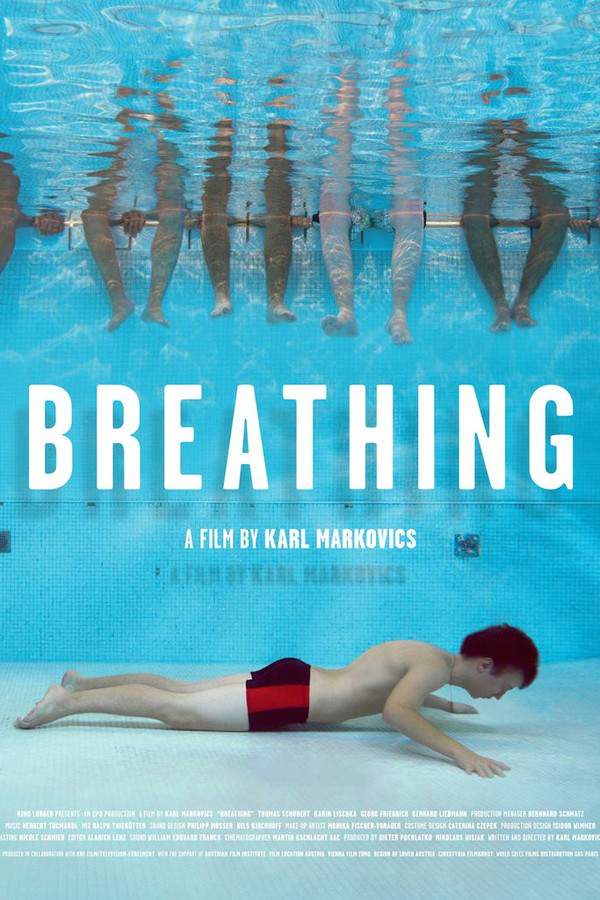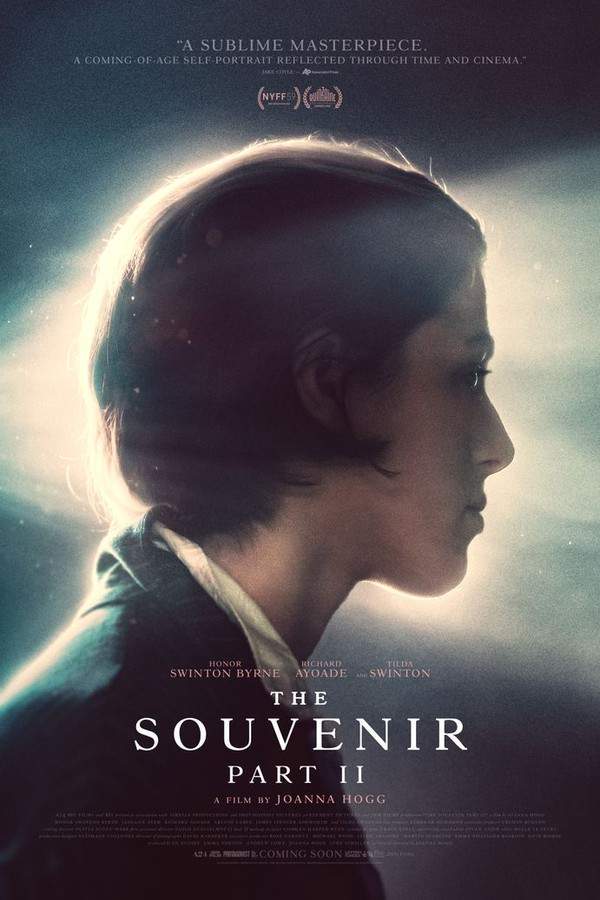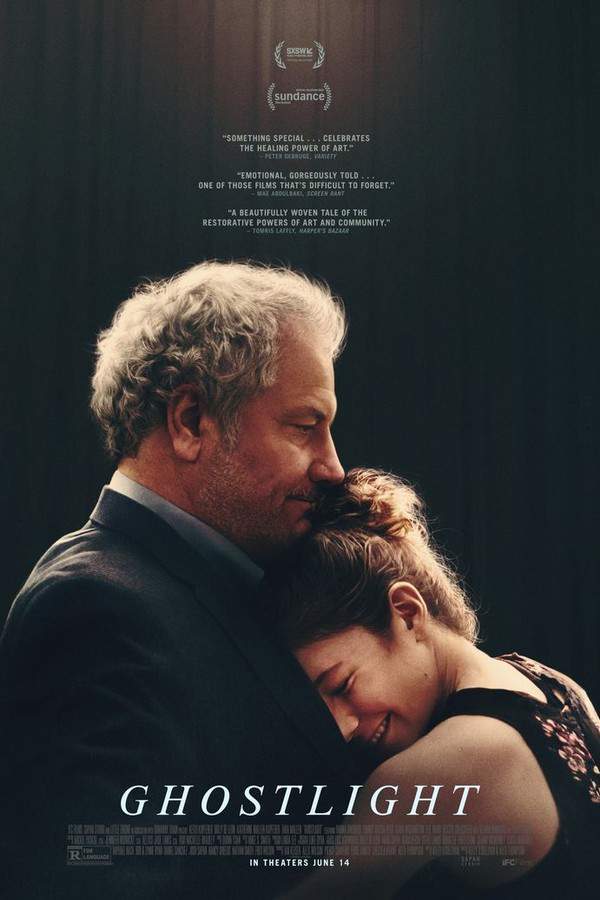
Breathing
Year: 2012
Runtime: 94 min
Language: German
A young man with a history of offenses finds himself working a series of low-paying jobs as part of a rehabilitation program. While performing tasks at a local undertaker's, he develops an unexpected connection with the deceased, leading him to discover a sense of purpose and offering a path toward finding acceptance and a new beginning.
Warning: spoilers below!
Haven’t seen Breathing yet? This summary contains major spoilers. Bookmark the page, watch the movie, and come back for the full breakdown. If you're ready, scroll on and relive the story!
Breathing (2012) – Full Plot Summary & Ending Explained
Read the complete plot breakdown of Breathing (2012), including all key story events, major twists, and the ending explained in detail. Discover what really happened—and what it all means.
Roman Kogler Thomas Schubert is a 19-year-old prisoner in an Austrian juvenile detention center, and the film follows roughly two weeks leading up to his parole hearing. During this period he begins a trial month at a mortuary, a job that counts as a crucial qualification for his release. Kogler remains present in almost every scene, and the story traces his quiet, inward emotional shift through a combination of facial expressions, body language, stark visuals, and restrained dialogue. At the outset he is sullen and isolated—cut off from fellow inmates, from the earnest probation counselor who tries to help him, from the guards, and from his new coworkers. As the days pass, a stubborn, almost indifferent resilience keeps him going, yet small, ordinary moments gradually spark a change: a slow awakening of curiosity about his past and a renewed interest in forming humane connections.
The film opens with Roman interviewing for a job at a metal-working factory, where he lies about his welding skills to the foreman. When a welder’s mask is placed on his face, he recoils with a stifled scream. The subsequent sequence grows stark: a bleak road stretching to the horizon, then a car approaching, and Roman stepping into the car after a sudden, decisive movement. The car is driven by Walter Fakler Georg Friedrich, the probation counselor who has come to collect him after the metalworking fiasco. In the car, Roman’s sullen defiance is met with Fakler’s earnest but tiring insistence on responsibility. Back at prison, Fakler hands him a newspaper and urges him to look through the want ads, insisting they’ll meet again on Monday.
What follows is a relentless cadence of institutional routines. A routine strip search greets Roman each time he returns to his cell, conducted with clinical efficiency by a guard and an assistant. The day ends with the heavy doors of the cells sealing shut, leaving him alone in the quiet corridor. A singular recreational outlet is introduced: a visit to the indoor swimming pool where Roman, unlike the other boys, dives in and swims laps in quiet isolation. This scene repeats itself with slight variations, underscoring his detachment from the social world around him. Each workday he travels by train into Vienna, passing a billboard that promises “Tauchen Sie ein Ins Abenteuer”—an advertisement for adventure that mirrors his own tentative plunge into unfamiliar territory.
The mortuary where he works—Vienna’s large Bestattung Wien—places him among the routine movement of corpses from death to burial. At first he is assigned to observational tasks, watching as co-workers handle the delicate, sometimes unsettling work. His initial reaction is visceral disgust, and a coworker’s hostility adds friction to the early days. In a moment of quiet, Roman works alone in a small room, removing the cases used to transport corpses from a steam-cleaning machine; a small bird startles him, and he opens a door to set the bird free, a brief act of mercy that sits oddly within the mechanical world of the mortuary. The door bears the label “Notausgang” (Emergency Exit), a small detail that resonates with the film’s themes of escape and possibility.
A pivotal turn occurs when Roman encounters the naked corpse of a young woman who shares his surname. Panic shoots through him at the thought that this could be his mother, but he confirms the corpse is not her. This moment sets in motion a search that leads Roman to his mother’s neighborhood, and he eventually tracks her down to an IKEA store, where she lies on a bed as if resting in death. They reconnect, and he tells her he is now a diving instructor and headed to New Zealand, a line that nods to the subway advertisement they pass on the way. Back at her flat, their conversation is tense and intimate: he asks why she gave him up, and she responds with a bitter candor, declaring that letting him go was the best thing she did. She also confronts him about his work, revealing her knowledge of his occupation as an undertaker. The confrontation ends with a confession from her: the real reason she gave him up was that, as a baby, she had once tried to suffocate him to stop his crying.
The film’s final beat returns to the parole arc. After the hearing, Roman steps out into the world with a mixed sense of relief and ongoing weight, and the final image is his quiet, solitary visit to the grave of the teenage victim—a somber bookend to a life lived in the margins of institutional life and the mortuary world.
Throughout, the storytelling relies on restraint and implication. The audience is invited to read emotion in the smallest details—glances, posture, and the rhythm of daily routines—creating a portrait of a young man whose interior life begins to wake up to the possibility of empathy, connection, and a future beyond confinement. The film remains intimate, observational, and unsentimental, offering a humane meditation on guilt, memory, and the slow, arduous path toward understanding one’s own past.
Last Updated: October 09, 2025 at 16:21
Explore Movie Threads
Discover curated groups of movies connected by mood, themes, and story style. Browse collections built around emotion, atmosphere, and narrative focus to easily find films that match what you feel like watching right now.
Institutional slow burn dramas like Breathing
Stories of quiet transformation within the rigid confines of institutional life.Explore movies like Breathing that follow quiet character transformations within institutional settings. If you appreciated the subtle emotional shifts amidst the rigid routine of a rehabilitation program, you'll find similar introspective journeys here.
Narrative Summary
The narrative pattern follows a character confined by an institutional system, often as a form of punishment or rehabilitation. Through a series of quiet, observational moments, the character slowly forms a connection—to a person, a task, or an idea—that catalyzes a profound but understated internal change, offering a path toward a new beginning.
Why These Movies?
These movies are grouped by their shared focus on institutional settings as catalysts for change, a slow and observant pacing that mirrors internal stagnation, and a tone that blends melancholy with restrained hopefulness. They prioritize emotional subtlety over dramatic plot twists.
Bittersweet self-discovery movies like Breathing
Emotionally heavy character arcs where grief and trauma lead to a quiet, hard-worn sense of purpose.Find films similar to Breathing that explore heavy emotional journeys from trauma towards acceptance. If you were moved by the protagonist's difficult past and his quiet path to finding purpose, these stories of bittersweet self-discovery will resonate.
Narrative Summary
The narrative follows a character grappling with a significant personal burden—grief, guilt, or a troubled past. Through an encounter with a new environment or responsibility, they engage in a process of quiet introspection. The journey leads to a form of acceptance or a new beginning, but the ending is tinged with the weight of what was lost, resulting in a poignant, bittersweet feeling.
Why These Movies?
These films share a heavy emotional weight, a melancholic yet hopeful tone, and a narrative arc that moves from a place of internal confinement towards a complex, bittersweet liberation. They are defined by their emotional authenticity and refusal of simplistic, happy endings.
Unlock the Full Story of Breathing
Don't stop at just watching — explore Breathing in full detail. From the complete plot summary and scene-by-scene timeline to character breakdowns, thematic analysis, and a deep dive into the ending — every page helps you truly understand what Breathing is all about. Plus, discover what's next after the movie.
Breathing Timeline
Track the full timeline of Breathing with every major event arranged chronologically. Perfect for decoding non-linear storytelling, flashbacks, or parallel narratives with a clear scene-by-scene breakdown.

Characters, Settings & Themes in Breathing
Discover the characters, locations, and core themes that shape Breathing. Get insights into symbolic elements, setting significance, and deeper narrative meaning — ideal for thematic analysis and movie breakdowns.

Breathing Spoiler-Free Summary
Get a quick, spoiler-free overview of Breathing that covers the main plot points and key details without revealing any major twists or spoilers. Perfect for those who want to know what to expect before diving in.

More About Breathing
Visit What's After the Movie to explore more about Breathing: box office results, cast and crew info, production details, post-credit scenes, and external links — all in one place for movie fans and researchers.



























